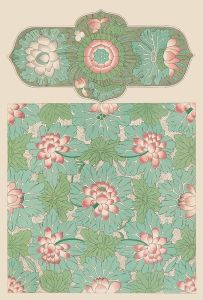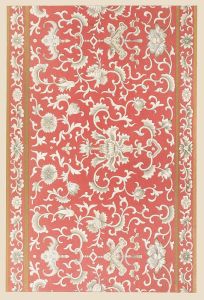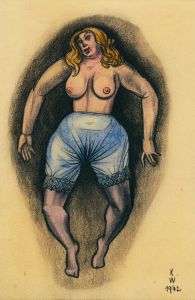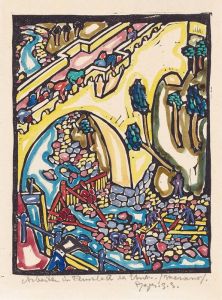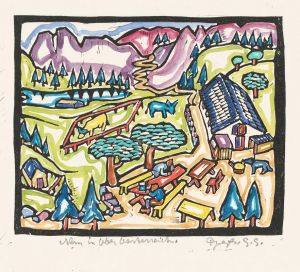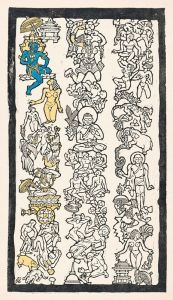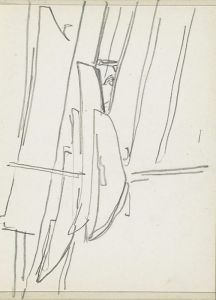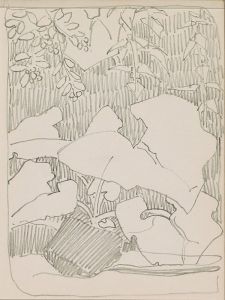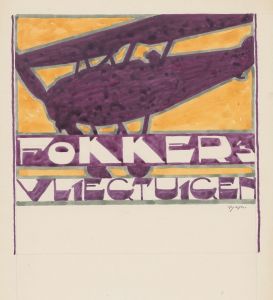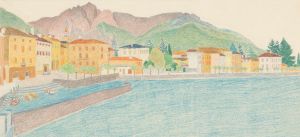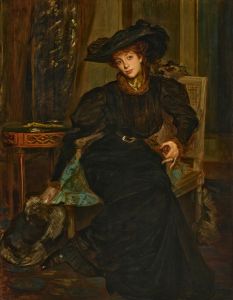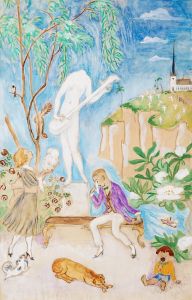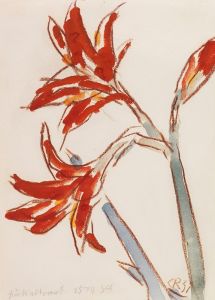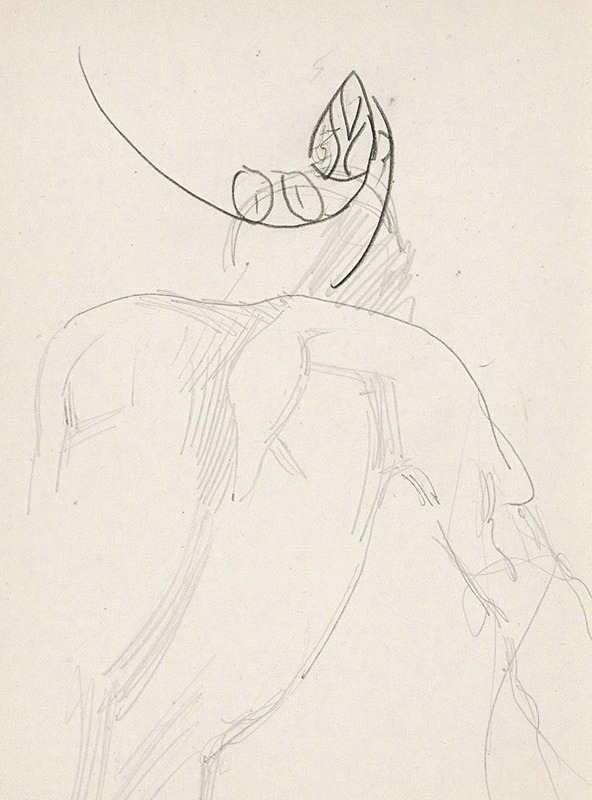
Rug van een naakte figuur
A hand-painted replica of Reijer Stolk’s masterpiece Rug van een naakte figuur, meticulously crafted by professional artists to capture the true essence of the original. Each piece is created with museum-quality canvas and rare mineral pigments, carefully painted by experienced artists with delicate brushstrokes and rich, layered colors to perfectly recreate the texture of the original artwork. Unlike machine-printed reproductions, this hand-painted version brings the painting to life, infused with the artist’s emotions and skill in every stroke. Whether for personal collection or home decoration, it instantly elevates the artistic atmosphere of any space.
Reijer Stolk (1896–1945) was a Dutch artist known for his contributions to graphic art and painting during the early 20th century. One of his notable works is Rug van een naakte figuur (translated as Back of a Naked Figure), which exemplifies his interest in the human form and his exploration of modernist aesthetics.
The painting depicts the back of a nude figure, rendered with a focus on form and structure rather than intricate detail. Stolk’s approach to the subject reflects his broader artistic style, which often combined elements of abstraction with a sensitivity to the human body. The composition is minimalistic, emphasizing the contours and posture of the figure. This simplicity aligns with the modernist tendencies of the time, where artists sought to distill their subjects to their essential forms.
Stolk was active during a period of significant artistic experimentation in the Netherlands, influenced by movements such as De Stijl and other modernist trends. While he was not a central figure in De Stijl, his work shares a similar interest in geometry and reduction, though applied in a more figurative context. His artistic output included not only paintings but also graphic designs, book illustrations, and prints, showcasing his versatility and engagement with different media.
The exact date of Rug van een naakte figuur is not documented, but it is consistent with Stolk’s body of work from the interwar period. During this time, he was part of a broader cultural shift in Europe, where artists were rethinking traditional representations of the human figure. Stolk’s work, including this piece, reflects a balance between modernist abstraction and a respect for classical themes.
Reijer Stolk’s career was cut short by his untimely death in 1945, and his work remains relatively underrepresented in discussions of Dutch modernism. However, pieces like Rug van een naakte figuur contribute to an understanding of the diverse approaches to art in the Netherlands during the early 20th century. Today, his works can be found in various collections, though they are not as widely exhibited as those of some of his contemporaries.
Due to limited documentation, further details about the specific context, creation, and reception of Rug van een naakte figuur are not available.





